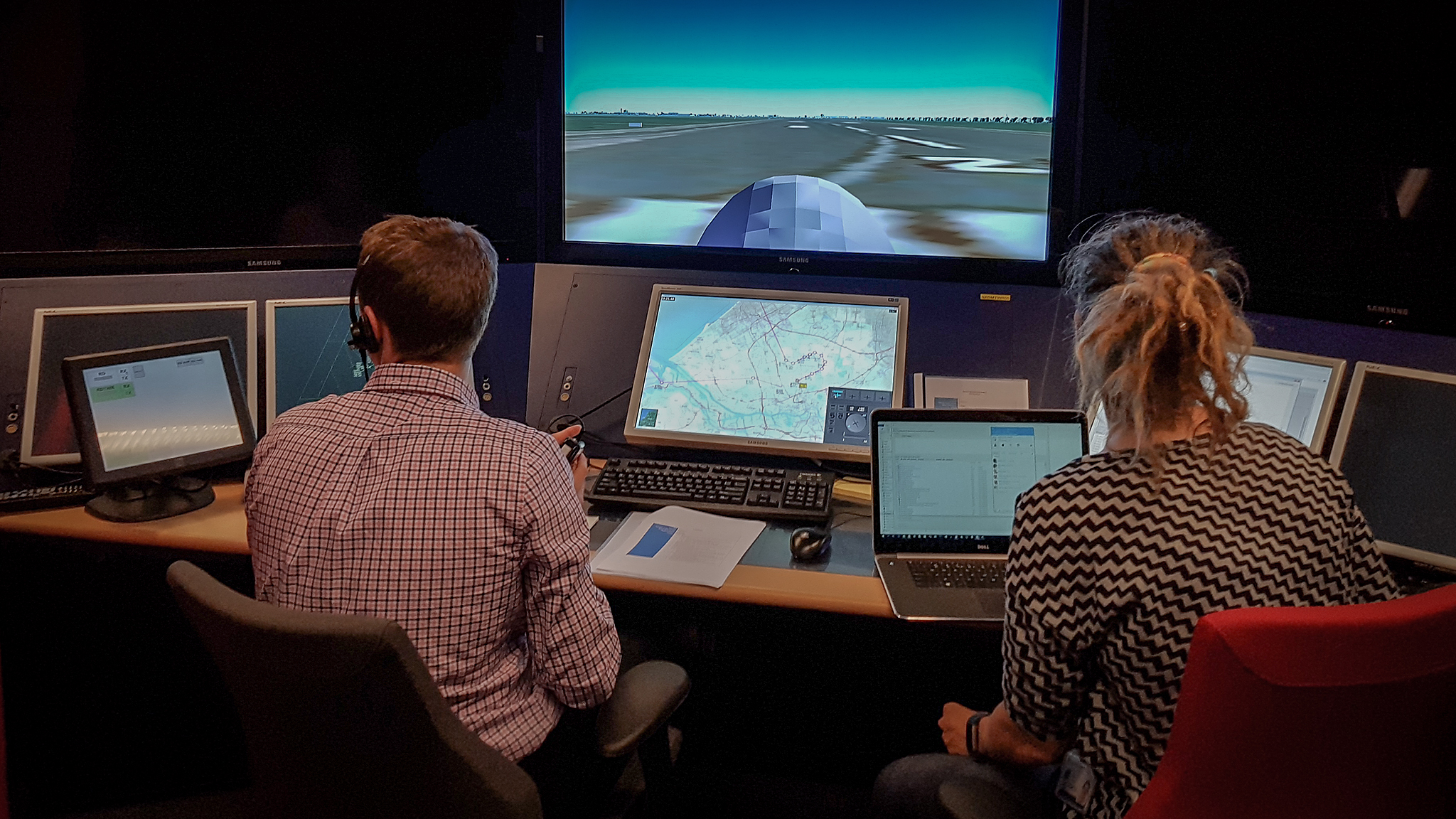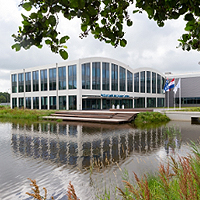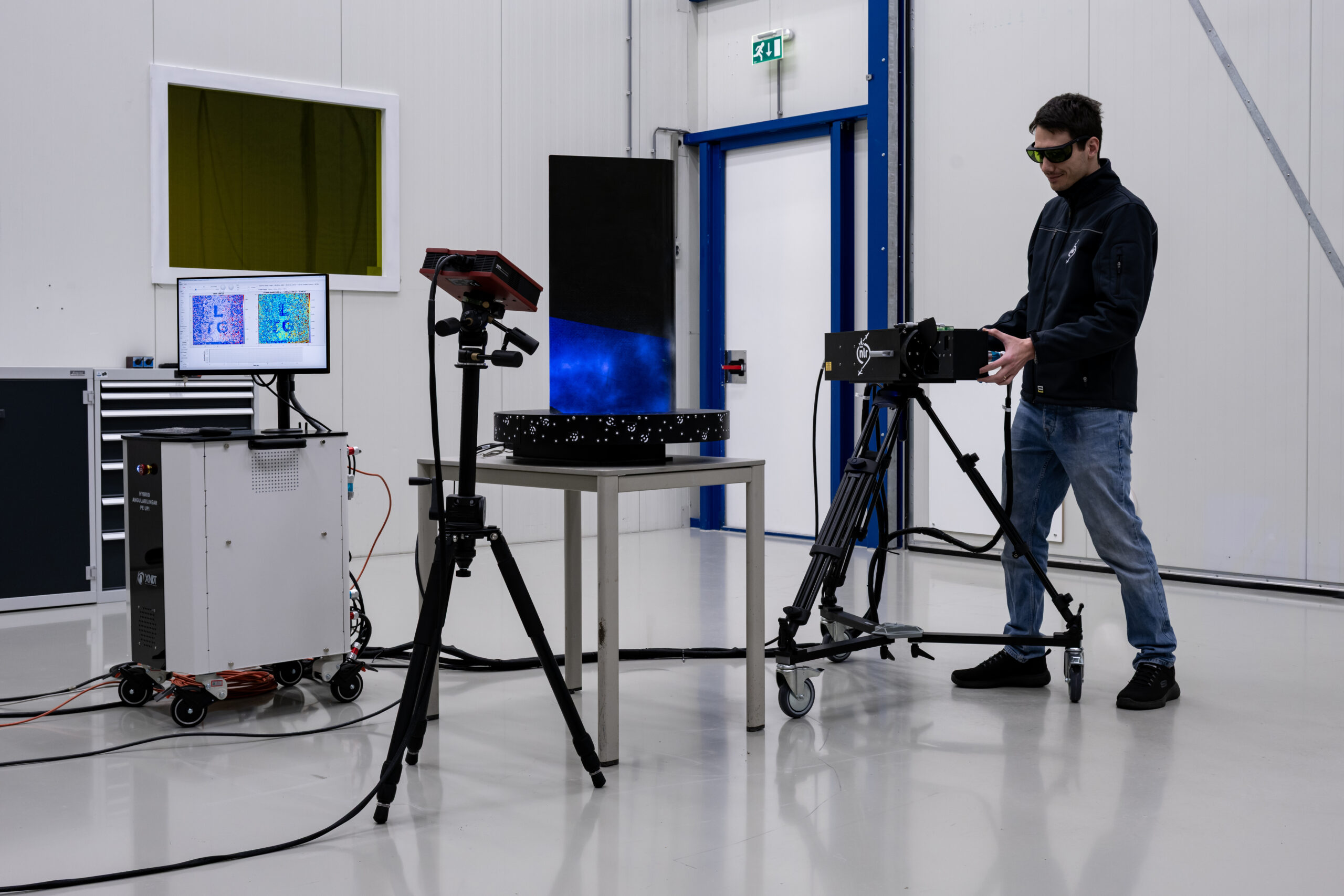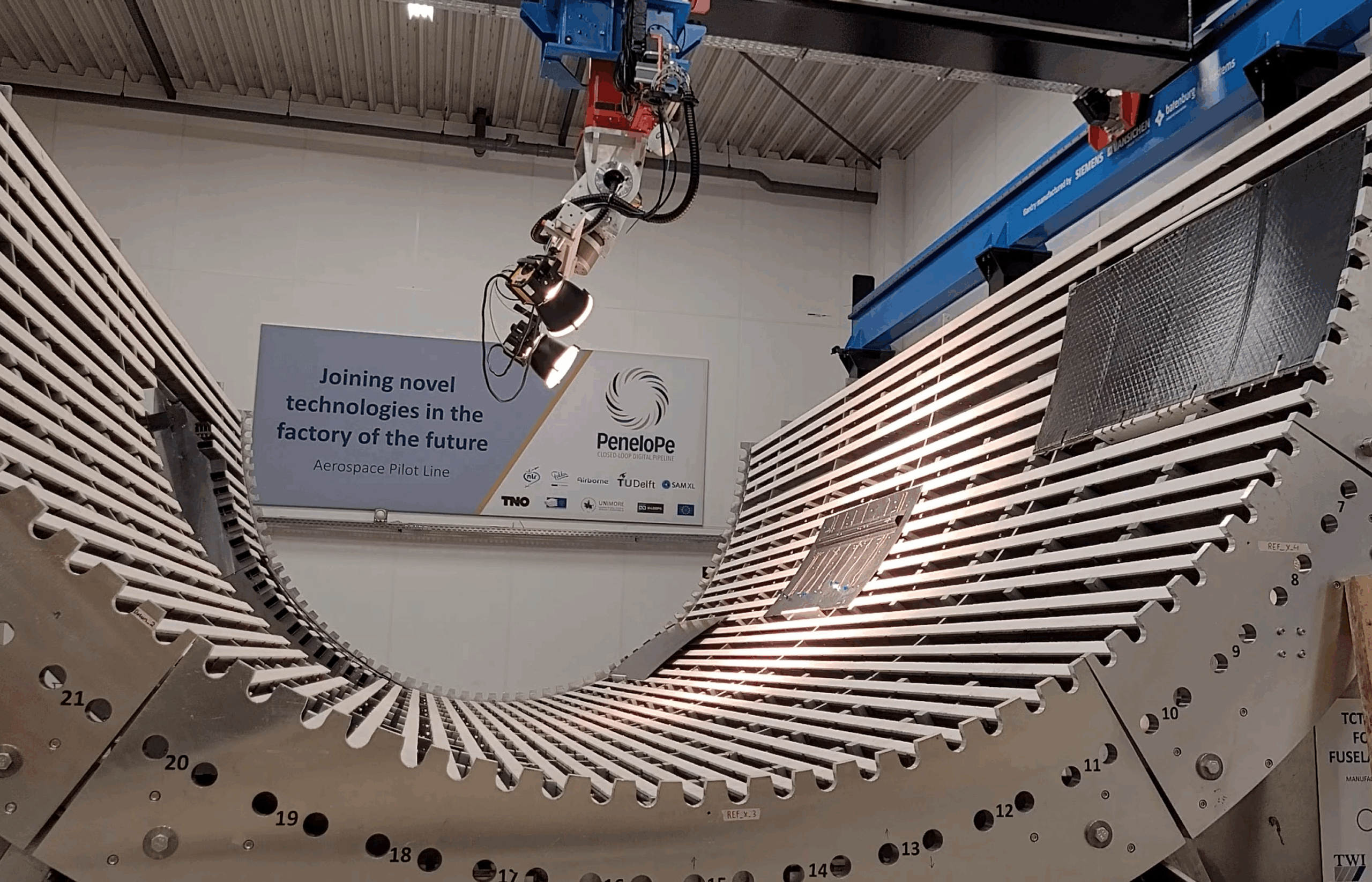In addition to supporting defense operations, Medium Altitude Long Endurance (MALE) Remotely Piloted Aircraft Systems (RPAS) have numerous civilian applications ranging from infrastructure inspection to search and rescue. However, the current regulatory environment in Europe inhibit such applications as they only permit MALE RPAS operations in segregated airspace. Furthermore, each MALE RPAS flight requires numerous permissions from national aviation authorities, and this process can be very time consuming.
The challenge
To overcome these issues, and regularise MALE RPAS operations in Europe, it is necessary to develop and validate a comprehensive Concept of Operations (CONOPS) to enable the safe and efficient integration of MALE RPAS into controlled and uncontrolled European airspace.
- Develop and test CONOPS to integrate MALE RPAS into European airspace, taking into account both nominal and non-nominal conditions
- Provide empirical evidence to convince all relevant stakeholders that MALE RPAS operations are safe and efficient to fly in European airspace

The solution
To test and validate the airspace integration CONOPS, NLR is performing a series of Real-Time Simulation (RTS) experiments. The experiments are performed using the NLR ATM Research Simulator (NARSIM) and the Multi UAS Supervision Testbed (MUST). These experiments involve experienced Air Traffic Controllers and pilots. The experiments take into account nominal and non-nominal condition. The procedures needed to use Detect and Avoid (DAA) is also considered. DAA is considered critical for RPAS integration as it provides the RPAS pilot with the alerts and guidance needed to maintain a safe distance from other traffic.
What did we do?
An iterative, step-by-step, approach has been adopted. The first phase of the project focused on setting up the basic simulation infrastructure needed to perform the required experiments. In addition to supporting defense operations, Medium Altitude Long Endurance (MALE) Remotely Piloted Aircraft Systems (RPAS) have numerous civilian applications ranging from infrastructure inspection to search and rescue. However, the current regulatory environment in Europe inhibit such applications as they only permit MALE RPAS operations in segregated airspace. Furthermore, each MALE RPAS flight requires numerous permissions from national aviation authorities,
and this process can be very time consuming. The resulting simulators were used to perform a number of experiments to study the procedures needed to cope with RPAS contingencies, such as Command and Control (C2) link failure, i.e. failure of the digital link between the RPAS pilot on the ground and his/her aircraft in the air. The project is currently in its second phase which is focusing on operations with DAA. To this end, the NLR simulators have been connected to the GA-ASI Conflict Prediction and Display System (CPDS) to provide pilots with DAA alerts and guidance.

Project partners:
Industry (NL) : General Atomics Aeronautical Systems (GA-ASI) & Information Systems Delft (ISD)
Research organisations : Royal NLR
Start : October 2018
Duration : 2 years




